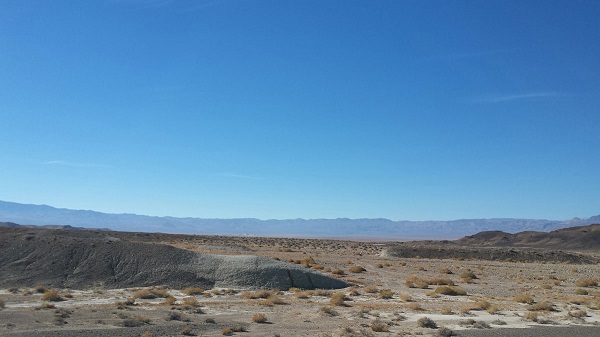Cypress reports resource boost at Nevada lithium project

Cypress Development (TSXV: CYP) on Tuesday released an updated mineral resource estimate for its Clayton Valley lithium project in Nevada, showing an approximate 55% increase in total resources over the estimates found in the May 2020 prefeasibility study (PFS).
Measured resources increased to 574.1 million tonnes, averaging 1,081 ppm Li or 3.3 million tonnes lithium carbonate equivalent (LCE). Indicated resources increased to 355.6 million tonnes averaging 1,032 ppm Li or 2.0 million tonnes LCE.
Total measured and indicated resources stood at 929.6 million tonnes averaging 1,062 ppm Li or 5.2 million tonnes LCE, up from the previous estimate of 593.3 million tonnes at 1,073 ppm Li.
The estimates were based on all drilling results from the project and pit constrained by an “ultimate” pit that extends to the project’s contiguous property boundaries, which has expanded to include additional land on which mineral title was cleared.
The Clayton Valley project is located next to Albemarle’s Silver Peak mine, North America’s only lithium brine operation. Exploration and development by Cypress have led to the discovery an extensive deposit of lithium-bearing claystone adjacent to the brine field.
Metallurgical testing indicated that low cost processing can be achieved by leaching with low acid consumption and high lithium recovery over 85% Li, the company said.
Cypress is currently evaluating alternatives for procurement of sample material and location for the plant recommended in the PFS. The company is also overseeing ongoing baseline environmental studies at the project and sourcing funds for the pilot plant.
Shares of Cypress Development were 5.2% higher on the TSXV at Tuesday’s market open. The Vancouver-based lithium miner has a market capitalization of C$34 million.
The common quarrying stones are cobblestone, basalt, granite. Different quarrying stones need different material jaw plates to crush. Which is the best material of jaw plates for quarrying stones? Quarrying jaw crusher jaw plates span life based on the quarrying stones hardness and abrasion resistance.
Cobblestone Stone
Cobblestone’s main chemical composition is silicon dioxide, followed by a small amount of iron oxide and trace elements such as manganese, copper, aluminum, and magnesium. They have different pigments, such as red for iron, blue for copper, purple for manganese, yellow translucent for silica colloidal pith, emerald green minerals, etc.; these pigment ions dissolve into dioxide The types and contents of the silicon hydrothermal fluids are different, so they show a variety of shades and shades of color, making the pebbles show black, white, yellow, red, dark green, green-gray and other colors.
There is no accurate fixed value for the hardness of the cobblestone because the pebbles are not pure, and the hardness of the cobblestone can generally be considered to be around 7. Because the main component of cobblestone is silica, the Mohs hardness of silica is 7. However, in addition to silica, cobblestones also contain a small number of other impurities. Due to the different content of different impurities, the hardness of different pebbles is slightly different. Overall, the hardness of cobblestone is about 7.
Granite Stone
Granite is a tectonic rock formed by the volcanic eruption of lava uplifted to the surface of the earth’s crust in a molten state under considerable pressure. Magma does not eject out of the ground, but it is a tectonic rock formed by slowly cooling and solidifying under the ground. The acid igneous rock belongs to magmatic rock (igneous rock). Granite is mainly composed of quartz, feldspar, and mica. The content of feldspar is 40%~60%, and the content of quartz is 20%~40%, and its color depends on the type and quantity of the ingredients. The rock is hard and dense.
Granite stone Mohs hardness: 6 to 7 degrees.
Basalt Stone
The main components of basalt are silicon dioxide, aluminum oxide, iron oxide, calcium oxide, and magnesium oxide (as well as a small amount of potassium oxide and sodium oxide), of which the silicon dioxide content is the largest, accounting for about 45 percent to Fifty or so.
The colors of basalts are usually black, dark brown, or dark green; the basalts near the Tengchong volcanic group are mostly blue-gray, and there are also dark red, orange and yellow. Because of its dense texture, its specific gravity is heavier than that of ordinary granite, limestone, sandstone, and shale. However, some basalts have a large number of pores, so the weight is reduced, and they can even float in the water. Therefore, this porous basalt is called “pumice stone”.
Basalt stone Mohs Hardness: 5 to 7 degrees.
Based on quarrying stones hardness, the best choice for jaw plates is Mn18Cr2 alloy steel.
@Nick Sun NICK@XZHUAGANG.COM
Post time: Aug-14-2020
